Estimating Your Self-Build Costs
If you’re just starting out on a self-build project, there’s probably one big question at the front of your mind: how much will it cost?
After all, this is an opportunity to create a truly bespoke home and you’re understandably going to want to achieve the best design and build quality you can afford, without paying over the odds.
The key to achieving this is to draw up an accurate budget and cost plan. Here’s how to get it right.
How can I establish a self-build budget?
The first step to figuring out how much you have to spend is looking closely at your savings, any equity you have in existing property and investigating what kind of funds you could bring in via a self-build mortgage.
Armed with this information, you’ll have an idea of what you can afford in total for the plot and construction (including things like professional fees, services, a 10% contingency fund etc).
If you already have a site in mind, you can then subtract the cost of the land (usually about 30%-40% of the overall spend) from your total sum to get an idea of what you’ve got left over for the work.
Now you’ve got a rough construction budget, you need to know whether it’s enough to actually build with. The traditional, back-of-an-envelope method for achieving this is to use a standard per m2 rate and multiply that by the house size you want.
5 reasons builders’ quotes vary
|
Currently, a middle-of-the-road figure would be around £1,450 per m2, on the assumption the self-builder is doing some limited project management and mostly using professionals to finish their scheme to an average spec (but still better than a typical developer house).
On this basis, if you wanted to build a 200m2 home, you might need to budget around £290,000.
So at this early stage, the question is: how does that compare to the sum you actually have to spend, and will that figure allow you to get the house you want?
Are per m2 prices a hard-and-fast guide?
While it can be a useful ready reckoner, and our Build Cost Calculator offers a useful starting point on which to base your ideas, you can’t simply rely on an assumed rate as the final word on build costs.
“Using a typical price per m2 is an inexact science, as there are so many variables,” says Joanna Mulgrew, product development director at HBXL, which powers the new Build It Estimating Service. “Whatever the going rate is, it’s never going to be completely applicable to your project, as every self-build is unique.”
In reality, a whole host of factors will affect your budget, and you could easily end up spending significantly more or less.
Some of the biggest influences will be location, size of the house, quality of finish, how you’re running the project – the list goes on and on.
It’s not uncommon for self-builders to purchase plots that major developers don’t want, for example, often because there’s an issue that would affect their margins.
“There might be bad ground, drainage issues or non-existent services – all of which could add £1,000s to your costs right at the start of your project if they’re not accounted for,” says Joanna.
With a good team of professionals on board at the planning stages, you can start to establish whether such factors could impact your scheme.
Commissioning the right surveys will help to identify any quirks of the plot that might impact your plans, for instance, while any designer worth their salt should look to develop their ideas with your budget in mind.
But there’s always a margin for error and you’re unlikely to get a final picture of costs until you can start to identify your materials and labour requirements.
Can I afford my design?
“There’s nothing worse than only realising after you’ve started a project that you need to find more money to pay for something that wasn’t factored in at the beginning,” says Joanna.
The key to successful cost planning is to ensure you supply enough detail at the tender stage; otherwise you’ll leave yourself open to huge variations in prices and the potential for thousands of pounds worth of extras to be added when you’re already on site.
You’re tackling a unique project, so it pays to be accurate – and you’ll want potential builders to give you a full, detailed and tailored quote that allows you to compare like-with-like and cross-check with your original budget plan.
How can I check self-build costs?
One way to do this is to engage a quantity surveyor (QS). These professionals can take-off quantities from your structural drawings, once they’re finalised, to provide a detailed, measured estimate and cost plan for the works.
The only real downside is a quantity surveyor’s fees. These could come in at around 1% to 2% of your total build cost for a full pre-contract assessment (on our fictional £290,000 scheme that would equate to £2,900-£5,800) or more if you want follow-on assistance. As a result, you may not wish to use a QS unless your project is very high-spec or complex.
If you’re looking for a quick, accurate and cost-effective way to take control of your budget, then there is another option.
“Using your drawings and specification, the Build It Estimating Service will provide a thorough budget report – including live materials and labour costs,” says Joanna. “Nothing is missed and you’ll be able to gain a total understanding of how much the project will cost.”
Armed with this information, you can review the design before you go too far down the line and ensure you’re comparing builders’ quotes like-for-like, with no omissions.
As the Build It Estimating Service report is so detailed, you can easily identify where you could make changes to the spec.
Perhaps you’ve got more budget going spare than you thought, for example, and want to upgrade the taps and sanitaryware. Or if the costs are looking tight you could consider reining back on products such as top-end slate tiles in favour of fibre-cement or clay substitutes. And you can do so confident that you have a strong base from which to tweak your spending to fit your requirements.
“Working out your budget properly will give you the best footing for a successful project,” says Joanna. “As long as you factor in preliminary costs, stick to the spec and avoid making changes to the plans midway through, the result will be hugely rewarding – and, crucially, it should be completed on time for a price you can afford.”
 For an accurate and detailed way to predict your self-build costs check out the Build It Estimating Service. It offers a tailored and user-friendly way to calculate costs and quantities, converting plans into an accurate estimate for your self-build. And with every detailed report, we are now offering you a set of 3D models of your home completely free! For an accurate and detailed way to predict your self-build costs check out the Build It Estimating Service. It offers a tailored and user-friendly way to calculate costs and quantities, converting plans into an accurate estimate for your self-build. And with every detailed report, we are now offering you a set of 3D models of your home completely free! |
Main image: Build It’s benchmark house was designed by Lapd Architects and costed using the Build It Estimating Service
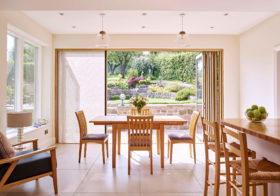
































































































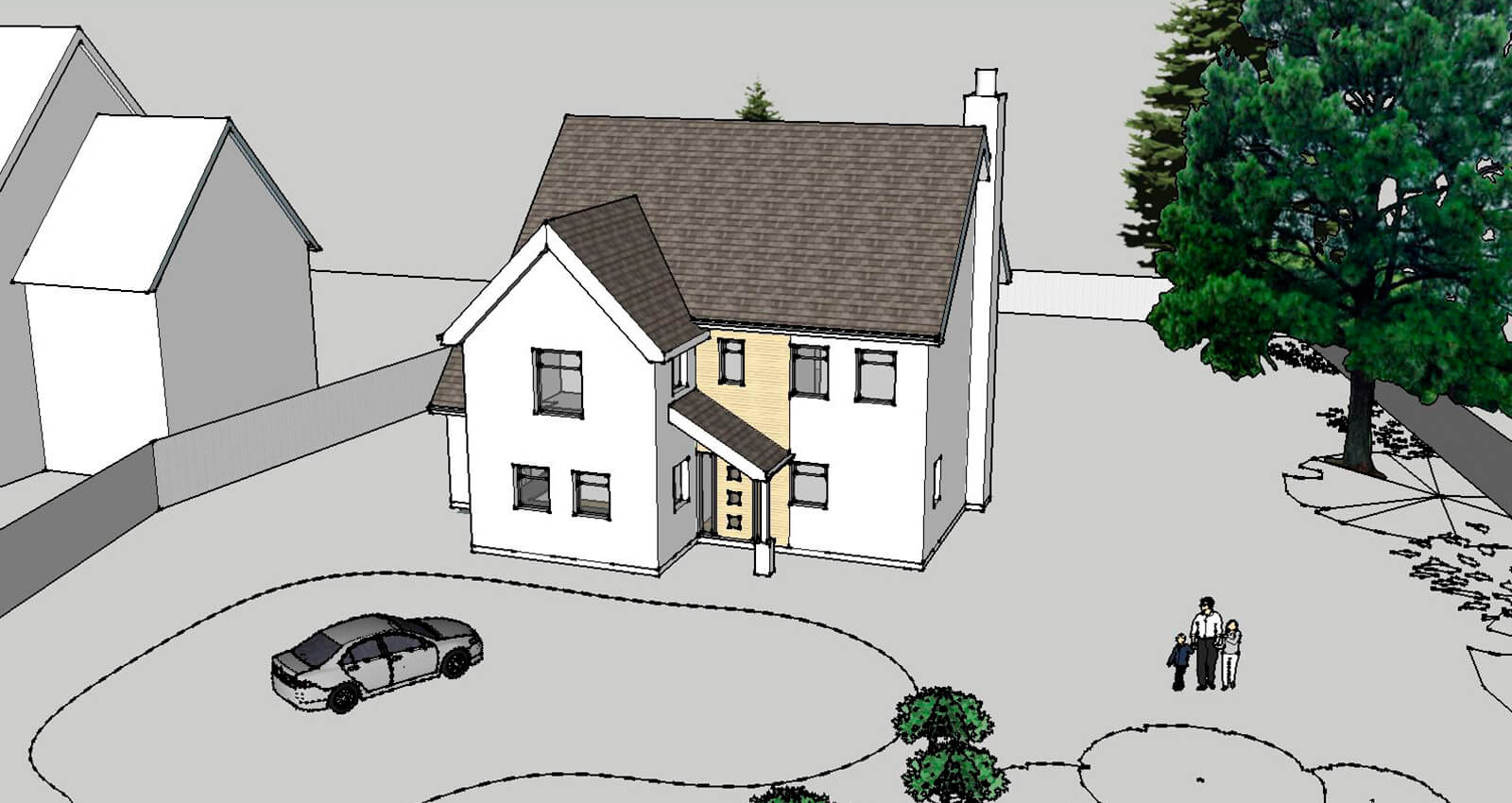
 Login/register to save Article for later
Login/register to save Article for later


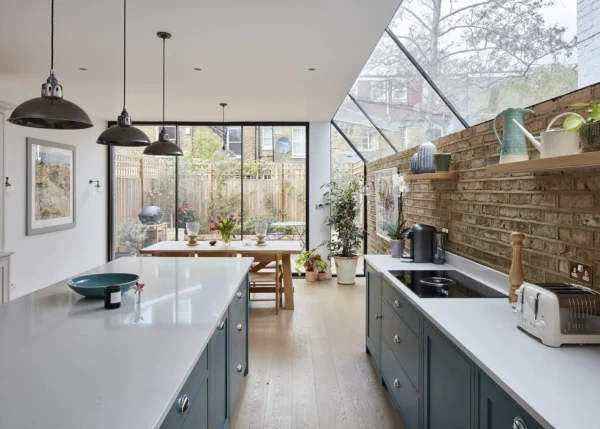

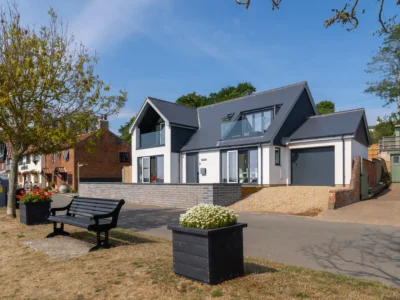
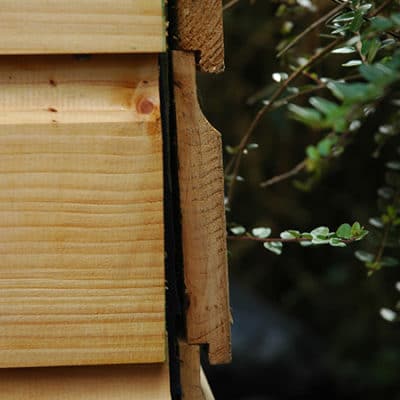

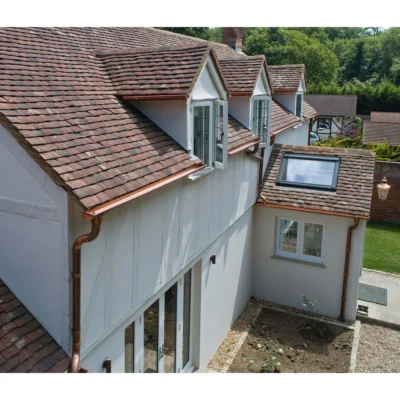





Comments are closed.